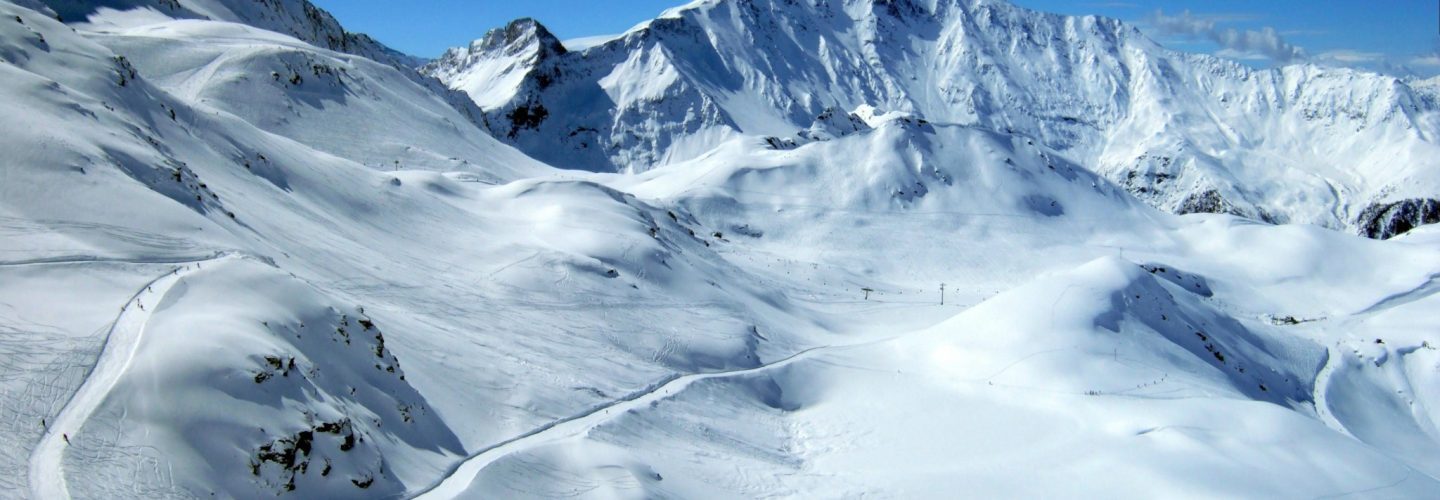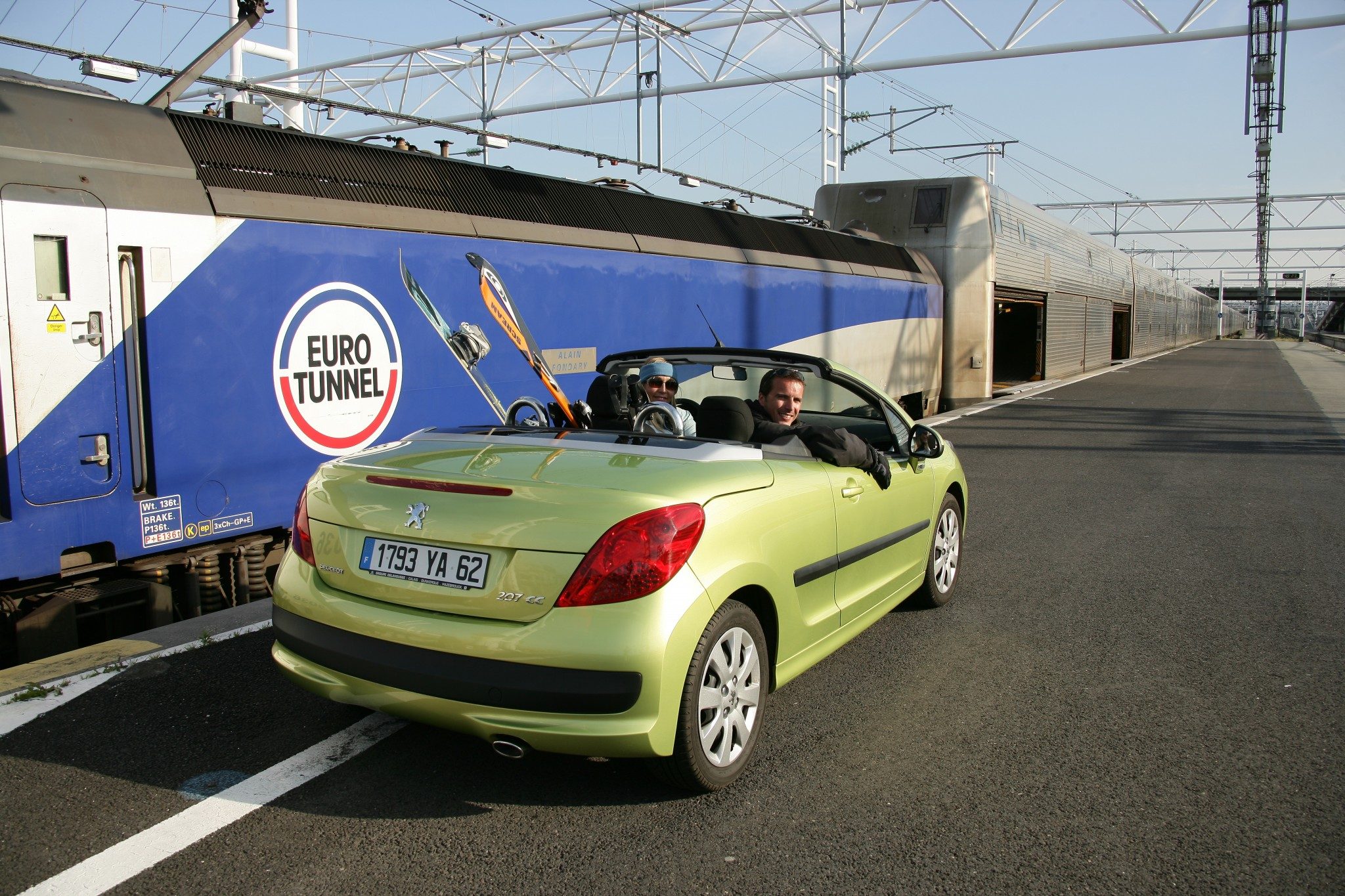Driving to the Alps this winter could be the easy answer to many a holiday dilemma.
First off, if there’s two or more of you, it’s likely to be cheaper than going by air, and if you’re concerned about the environment, you’ll be doing less damage there too.
Secondly, you can, within the limits of space, forget those baggage restrictions and pile in as much gear as you need. You won’t have to think about all the endless loading and unloading either, and there are no charges for suitcases or for carrying skis or boards, of course.
Thirdly, you can travel at your own pace, maybe see a bit of the country as you travel, and can time your trips to arrive just before all the poor punters on the transfer coach and leave at your leisure rather than at some awful 5am coach pick-up. Time it right and you can fit in 8 days’ skiing on a week’s holiday if you like.
Then there are the many smaller benefits – the chance to stock up in the hypermarket before you arrive and avoid the high prices in the resort’s mini markets, or to stop off and see a bit of the country en route, to name but a few.
Depending on where you live in the UK and where you’re heading, the driving time can be as little as 7 hours, though for most in southern Britain it’s likely to be 10 to 12 to the closest resorts, plus stops.
But there is a swathe of practical, safety and legal requirements to be met by the driver, and it’s important to ensure you’re fully prepared and protected before you set off driving to the Alps.
From 1 November 2021 until 31 March 2022, possessing specific winter equipment will be compulsory for drivers in mountainous areas. This new law aims to improve driver safety by standardising winter tyres and other equipment such as snow chains, thereby limiting the congestion caused by unequipped motorists stuck on snow-covered roads. More info here.
The good news is that most tour operators offer very detailed and comprehensive advice on self-drive trips, and in the case of specialists like Erna Low or Peak Retreats there’s detailed practical advice on offer online and from their expert staff.
But here are our top tips on how to have the most seamless drive to the Alps.
1. Don’t rely on the sat nav.
“Once you’re in the mountains in winter, it’s very important to take local advice on road conditions, rather than rely on sat navs, or even road maps,” says InTheSnow’s Editor Patrick Thorne. “Driving in the French Pyrenees once, a road map and my sat nav showed me a route between resorts which, after 209 miles driving on a lovely empty road, ended in a wall of snow – how stupid did I feel? Conversely, driving in California one season I was tipped off that a normally closed-in-winter pass had reopened a month early, saving hundreds of miles of driving.”
2. Avoid horrendous traffic jams.
The roads leading to the mountains can get very congested at the weekends, particularly on Saturday ‘change-over day’ in France, and in the peak season. The best time to travel is in the early hours of the morning or late at night if you can plan for that.
3. Snow tyres, chains or socks?
What you need to have with you legally and for your own safety depends on where you’re going. The rules differ from country to country and region to region.
These days, some countries expect you to have snow tyres fitted and others expect you to carry chains or “socks” – sometimes both. If you have a four-wheel-drive vehicle you may, or may not, be exempt from the “chains” rule. And when the rules are enforced it can vary depending on the particular road you’re on, and the time of year.
On Saturdays when it is snowing, the police/gendarmerie will often stand at the bottom of the roads where chains are required and will prevent any vehicle without chains from going any further.
So before you set off driving to the Alps, it’s important to have the very latest advice on what setup you need to have, but some advise just biting the bullet and getting chains.
“Snow chains are like insurance. You often don’t need them and you may feel buying them is a waste of money, but when you do require them you are glad you have them in the car,” says Xavier Schouller, boss of self-drive-to-France specialist ski tour operator Peak Retreats (Peakretreats.co.uk). He points out, “Imagine you were delayed on the roads well before that and you arrive in the Alps late at night. If you get stuck 20 miles from your final destination, what do you do?”
4. What Can Possibly Go Wrong?
Ensure that your insurance and breakdown cover are valid for driving in all the countries you want to visit and that you carry with you what is legally required in each country. In France, for example, you need to have a reflective safety jacket (which you must have access to in the car – don’t put it in the boot) and a warning triangle.
You also need “beam benders” on your headlights to ensure you don’t dazzle cars when you switch to the other side of the road over the Channel. All of these can be purchased cheaply at places like Halfords. The rules keep changing, but last we heard a working breathalyser is no longer needed nor a spare set of bulbs – although if a light goes you can be immediately fined up to €750 on the spot, so it seems smart to carry some regardless.
Top Tips for Driving to the Alps
Once you’ve covered the problems to avoid, there are ways to make your travel smoother.
1. Get tagged
Sanef, the French motorway operator, has now extended its Liber-t automatic toll payment service to UK motorists. To use the service, all you need to do is register online and they will send you a small electronic transponder (or tag) that you attach to your windscreen. As you approach, a device by the barrier will read your tag, securely extract your unique reference and then automatically open the barrier without you having to stop.
2. Think right
“Our top tip is ‘think right’,” says Xavier Schouller. “It’s too easy when leaving a petrol station and there is no one on the road to drive on the wrong side. One of our clients smashed a hire car that way, and we had to get them a replacement car, which meant they missed their flight!”
3. Plan your stops
If you’re going to stop at the convenient motorway service stops then just like on the piste it’s best to aim for an early or late lunch to avoid the crowds. However, Francophiles tend to advise taking the time to exit the motorway and find a nice little restaurant in Champagne or Burgundy and enjoy real French food.
After all, that’s part of what driving to the Alps is all about!
More information:






